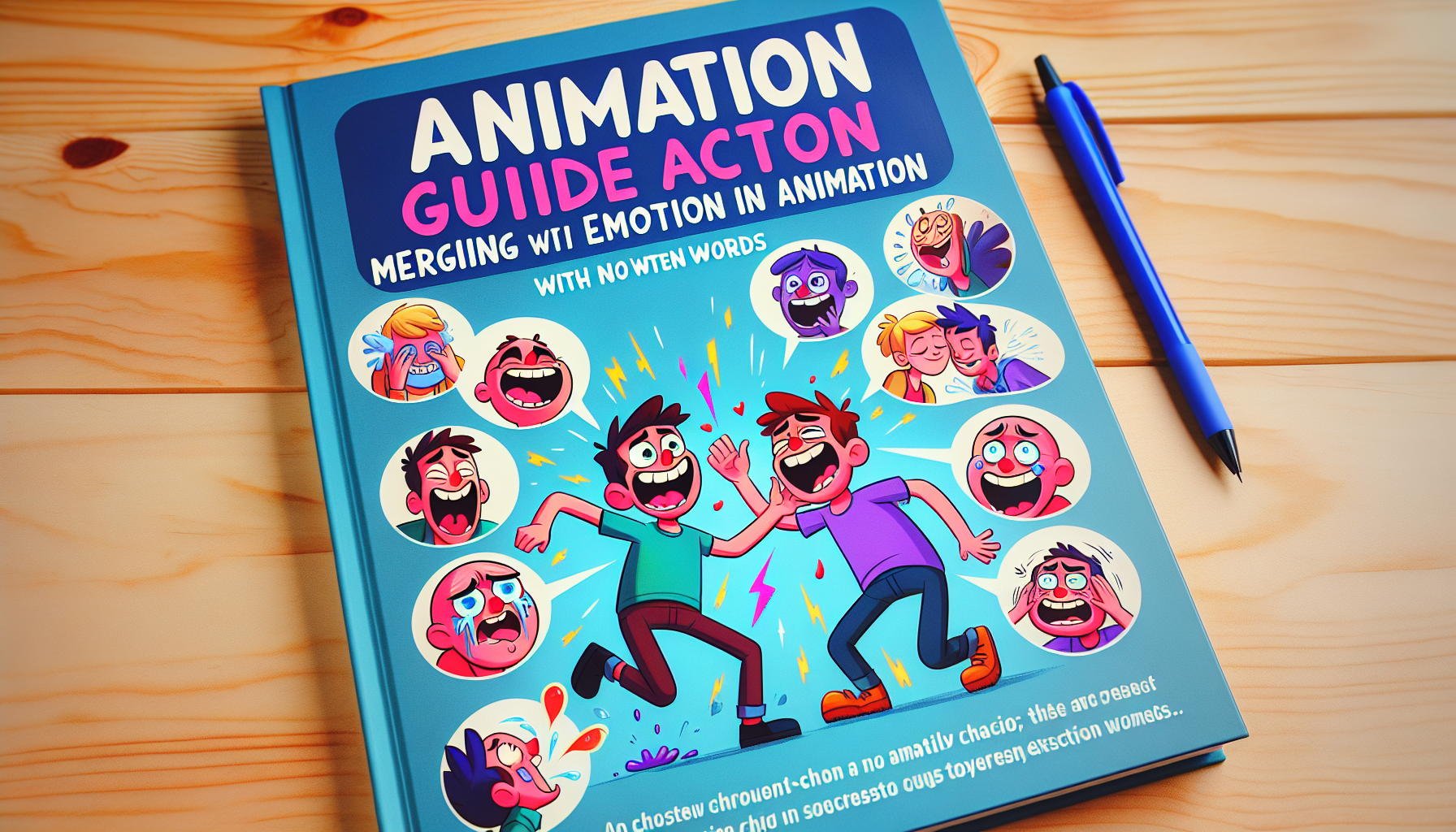
Crafting Memorable Dialogues in Animation: A Guide to Merging Humor With Emotion
Creating dialogues for animated characters that resonate with audiences and leave a lasting impact involves a delicate balance of humor and emotion. Animated films and series have the unique ability to transcend age barriers, appealing to both children and adults alike. To achieve this universal appeal, writers must master the art of infusing their dialogues with the right mix of laughter and feelings. This guide delves into the strategies for crafting such memorable dialogues in the animation genre.
Understanding Your Characters
Before penning down any dialogue, it’s essential to have a deep understanding of your characters. What are their motivations, fears, strengths, and weaknesses? These traits not only define a character’s personality but also influence how they perceive the world and interact with others. Distinctive voices emerge when characters have well-defined backgrounds, making each dialogue more authentic and impactful. An emotionally charged situation handled with humor becomes natural when it aligns with a character’s disposition. For instance, a character known for their sarcasm might use it as a coping mechanism during tough times, making the situation relatable and light-hearted for the audience.
Balancing Humor and Emotion
The key to merging humor with emotion lies in timing and relevance. Comedy should never undermine the gravity of a situation, nor should emotional depth drown out the levity. Instead, humor can be used to highlight the humanity of characters, making them more relatable. For example, using situational comedy that arises organically from the narrative can lighten an emotionally heavy scene without diminishing its significance. Likewise, humor can be used to build up to an emotional climax, providing contrast that enhances the impact of the dramatic moment.
Subtext and Silence
Often, what characters don’t say is as telling as their spoken words. Subtext is a powerful tool in dialogue writing, offering a depth that audiences can intuitively understand. This unspoken communication can be a goldmine for humor and emotion, as it allows for characters to convey feelings and thoughts without stating them outright. Silence, too, plays a crucial role, offering a pause that can magnify the moment’s emotional weight or provide the punchline to a joke the space it needs to land effectively.
Universal Themes and Personal Stories
To create dialogues that resonate on a universal level, grounding them in themes that are universally relatable—such as love, friendship, loss, and triumph—is crucial. However, the uniqueness of how these themes are explored through personal stories and characters adds the flavor that makes dialogues stand out. Tailoring humor and emotional moments to fit these personal journeys allows the audience to connect deeply with the characters and their experiences.
Cultural Sensitivities and Global Appeal
In today’s globalized world, animated content often reaches international audiences. Incorporating humor that is culturally sensitive and emotion that is universally felt ensures that dialogues do not alienate viewers from different backgrounds. Research and a nuanced understanding of cultural differences and similarities can help in crafting dialogues that are respectful, relatable, and engaging for a global audience.
Crafting dialogues that effectively blend humor with emotion in animation is a complex art, demanding a profound understanding of character development, timing, thematic depth, and cultural nuances. By mastering these elements, writers can create memorable dialogues that resonate with audiences of all ages, making their animated stories unforgettable.






